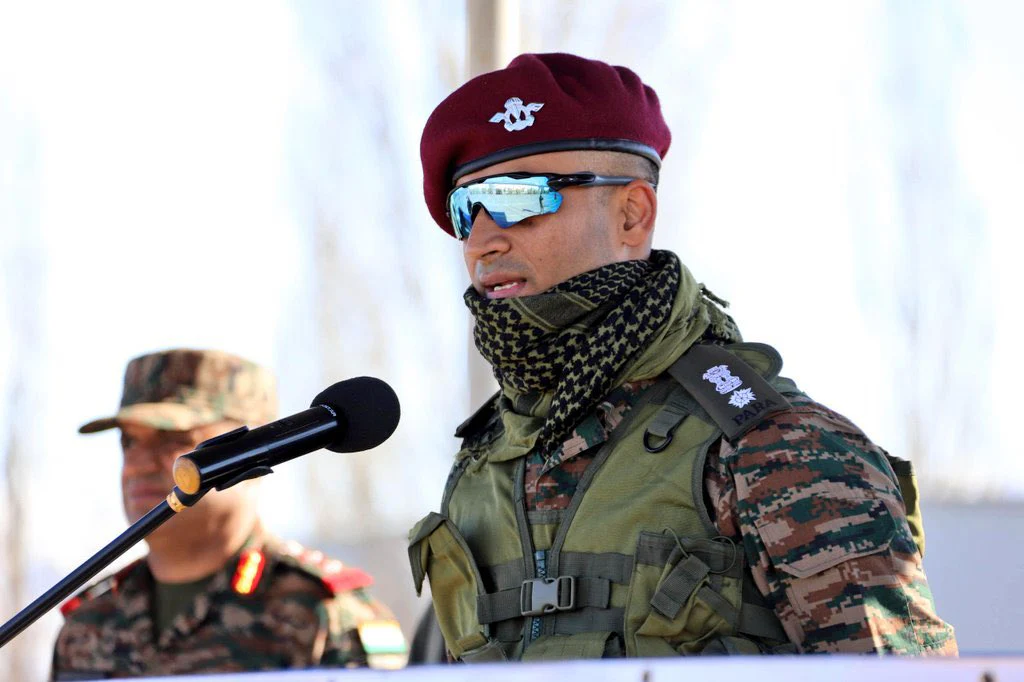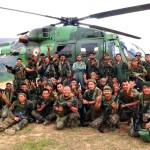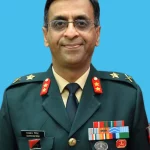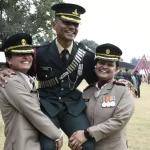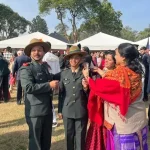The Parachute Regiment of the Indian Army stands as one of the most elite and versatile formations in modern military forces, embodying a legacy of airborne prowess and special operations excellence. Originating from the exigencies of World War II, it has adapted over decades to meet evolving threats, from conventional warfare to asymmetric conflicts. This comprehensive overview delves into its historical foundations, organizational framework, operational doctrines, training regimens, equipment, insignia, notable engagements, and contemporary relevance as of September 2025. Drawing from official records, historical analyses, and recent developments, the article highlights the regiment’s contributions to India’s defense posture while acknowledging the inherent risks and sacrifices involved.
Historical Evolution
The roots of the Parachute Regiment date back to the British Indian Army during World War II. The first Indian airborne unit, the 50th Parachute Brigade, was established on October 29, 1941, comprising the 151st Parachute Battalion (British), 152nd Indian Parachute Battalion, and 153rd Gurkha Parachute Battalion. These units faced severe challenges, including equipment shortages, but distinguished themselves in battles such as Sangshak (1944), where they inflicted heavy casualties on Japanese forces despite being outnumbered. The regiment was formally raised on March 1, 1945, and participated in Operation Dracula, an airborne assault on Rangoon in May 1945.
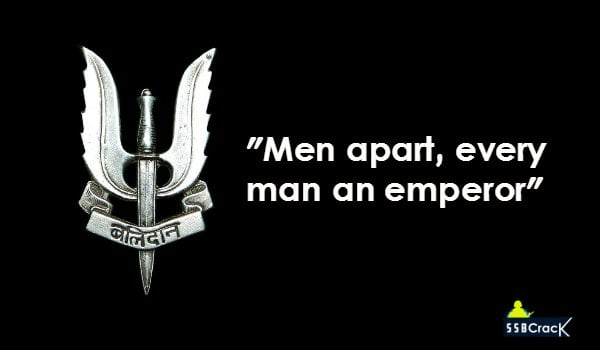
Post-World War II, the brigade was briefly disbanded but retained after India’s independence in 1947. Partition divided airborne assets between India and Pakistan, with India keeping the 50th Parachute Brigade. The regiment was reorganized on April 15, 1952, absorbing battalions from other infantry regiments like Punjab, Maratha Light Infantry, and Kumaon. Expansion accelerated after the 1962 Sino-Indian War, leading to the creation of special forces units. The first Para SF battalion, 9 Para (Commando), was raised in 1966 following the success of an ad hoc unit during the 1965 Indo-Pak War. By the 1970s and 1980s, more battalions converted to SF roles, and in 2022, five additional units (5th, 6th, 7th, 23rd, and 29th) were redesignated as Para SF with dual capabilities.
The regiment’s history is marked by international deployments, including the Korean War (1950-1954), where the 60th Parachute Field Ambulance treated over 20,000 casualties, earning accolades like “Angels in Brown Berets.” It also supported UN missions in Gaza (1956-1967) and contributed to peacekeeping in Sri Lanka and the Maldives.
Organizational Structure and Units
As of 2025, the Parachute Regiment consists of 18 battalions: 15 regular (mostly Para SF), one Rashtriya Rifles (31 RR CDO for counter-insurgency), and two Territorial Army units (106th and 116th). Total strength is estimated at 8,000-10,000, with 5,000-6,000 in Para SF roles. Each battalion has about 620 soldiers, organized into small, flexible teams for rapid deployment.
| Battalion | Type | Specialization/Notes |
|---|---|---|
| 1 PARA (SF) | Special Forces | Converted 1978; multi-terrain |
| 2 PARA (SF) | Special Forces | Formerly 3 Maratha LI; redesignated 2001 |
| 3 PARA (SF) | Special Forces | Formerly 1 Kumaon; converted 2004 |
| 4 PARA (SF) | Special Forces | Raised 1960; key in recent ops like Mahadev (2025) |
| 5 PARA (SF) | Special Forces | Redesignated 2022; dual airborne/SF |
| 6 PARA (SF) | Special Forces | Raised 1963; redesignated 2022 |
| 7 PARA (SF) | Special Forces | Raised 1964; redesignated 2022 |
| 9 PARA (SF) | Special Forces | First SF unit (1966); mountain specialists, nicknamed “Pirates” |
| 10 PARA (SF) | Special Forces | Desert specialists (1967); “Desert Scorpions” |
| 11 PARA (SF) | Special Forces | Raised 2011 |
| 12 PARA (SF) | Special Forces | Raised 2013 |
| 13 PARA (SF) | Special Forces | Raised 2022 |
| 21 PARA (SF) | Special Forces | Formerly 21 Maratha LI; jungle specialists (1996) |
| 23 PARA (SF) | Special Forces | Redesignated 2022 |
| 29 PARA (SF) | Special Forces | Redesignated 2022 |
| 31 RR CDO | Rashtriya Rifles | Counter-insurgency |
| 106 PARA TA | Territorial Army | Based in Bengaluru |
| 116 PARA TA | Territorial Army | Based in Devlali |
The regiment is headquartered at Bengaluru Cantonment, with no centralized SF command; battalions report directly to higher formations. Recent passing-out parades, like the one for 427 Agniveers in 2025, underscore ongoing recruitment and training efforts.
Roles and Operational Doctrines
The regiment’s primary roles include airborne operations, special reconnaissance, direct action, counter-terrorism, hostage rescue, foreign internal defense, and counter-insurgency. Para SF units operate in small teams (typically 5-6 members) for stealthy missions, emphasizing “Minimum Men, Maximum Impact.” They are deployed in critical sectors like Jammu and Kashmir, where units like 9 Para SF conduct near-daily operations along the Line of Control. International roles involve joint exercises, such as Garud Shakti 2024 with Indonesia, enhancing interoperability.
Training and Selection
Training is conducted at the Parachute Regiment Training Centre (PRTC) in Bengaluru, established in 1963 and relocated in 1992. Basic airborne training includes static-line jumps, while Para SF probation lasts 90 days, divided into phases of physical endurance (e.g., 40 km marches with 70 kg loads), skills (navigation, demolition, survival), stress tests (36-hour simulations), and counter-terrorism drills. Specialized schools cover high-altitude warfare, jungle operations, combat diving, and freefall parachuting (HALO/HAHO). Cross-training with foreign forces, like US SOCOM, refines skills.
Equipment and Technology
Para SF employs advanced gear, including Tavor assault rifles, M4 carbines, sniper rifles like the Galil, and anti-tank missiles. Recent innovations include the DRDO’s Combat Free Fall parachute system unveiled in 2024 for enhanced stealth insertions. Units are equipped for cyber operations, drones, and night-vision devices, adapting to hybrid threats.
Insignia, Motto, and Badges
The regimental insignia features an open parachute with outstretched wings and an upright dagger, symbolizing readiness and precision. The motto “Shatrujeet” reflects conquest over adversaries. Para SF personnel wear the maroon beret and “Balidaan” badge, denoting sacrifice.
| Badge | Description | Significance |
|---|---|---|
| Balidaan Badge | Dagger with wings and “Balidaan” script | Ultimate sacrifice; exclusive to Para SF |
| Para Wings | White parachute with blue wings on grey-green | Completion of basic parachute course |
| Jump Indicator Wings | Parachute with stars (25+ jumps) | Airborne experience levels |
| Combat Free Falling Badge | For HALO/HAHO training | Advanced stealth insertions |
| Diving Badge | For combat diving courses | Underwater operations |
| Tiger Hill Badge | For Kargil participants | Valor in 1999 war |
| US Parachutist Badge | Earned via US training | International cooperation |
Notable Operations and Achievements
The regiment’s operational history spans major conflicts:
| Date/Period | Operation/Conflict | Key Details |
|---|---|---|
| 1944-1945 | WWII (Sangshak, Dracula) | Prevented Japanese advances; Rangoon capture. |
| 1947-1948 | Indo-Pak War | Battles at Shelatang, Naushera; earned honors. |
| 1965 | Indo-Pak War | Hajipir Pass capture; Megh Force origins. |
| 1971 | Indo-Pak War | Tangail airdrop (2 Para); Chachro Raid (10 Para SF); Mandhol (9 Para SF). |
| 1984 | Operation Blue Star | Assault on Golden Temple. |
| 1987-1990 | Operation Pawan (Sri Lanka) | IPKF deployment; heavy casualties. |
| 1988 | Operation Cactus (Maldives) | Coup suppression. |
| 1999 | Kargil War | Nine battalions involved; Tiger Hill capture. |
| 2011-2016 | Operations Ginger, Surgical Strikes | Cross-border raids post-Uri; Myanmar op. |
| 2025 | Operation Mahadev | 4 Para neutralized terrorists in Harwan forests. |
Awards include 2 Ashoka Chakras, 10 Maha Vir Chakras, and numerous others. Notable figures include Brigadier Saurabh Singh Shekhawat and Capt Baleyada Muthanna Cariappa (Vir Chakra, 1999).
Current Status and Future Outlook
The regiment is pivotal in counter-terrorism in Kashmir, with high success rates in joint operations. Leadership appointments, such as Lt Gen Pushpendra Singh as Vice Chief of Army Staff in August 2025, highlight its influence. Future integrations include Shaktibaan artillery and Bhairav commando units by October 2025. Amid geopolitical tensions, the regiment’s adaptability ensures its enduring role, though challenges like high attrition and classified operations persist.

